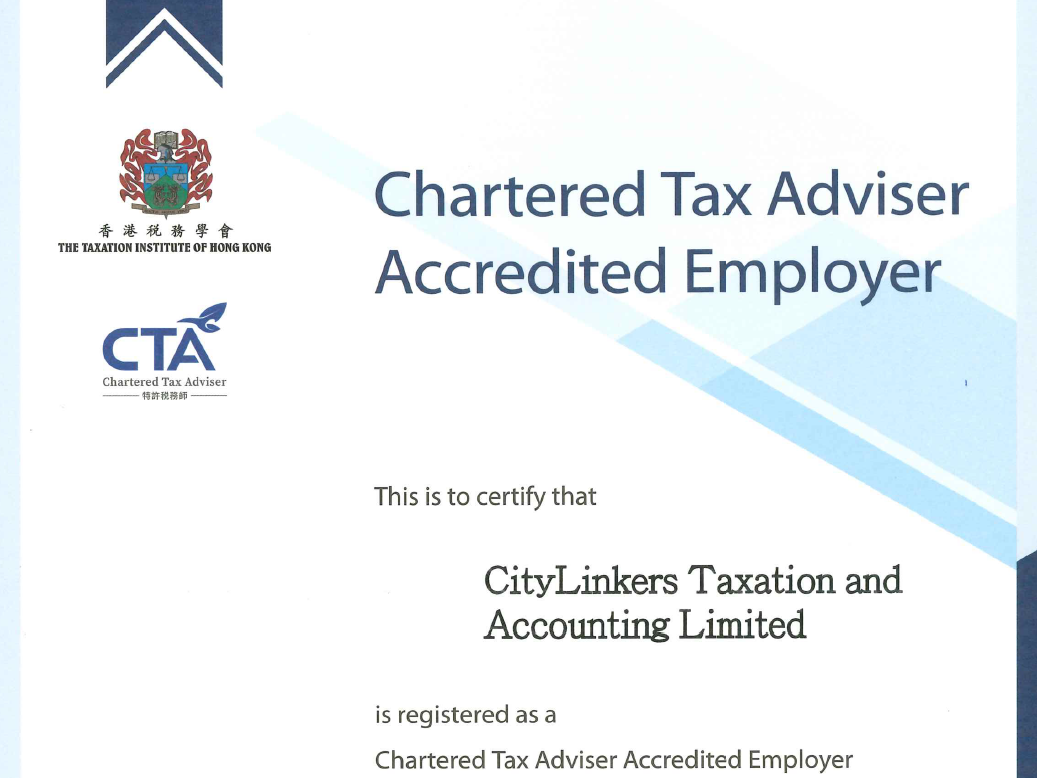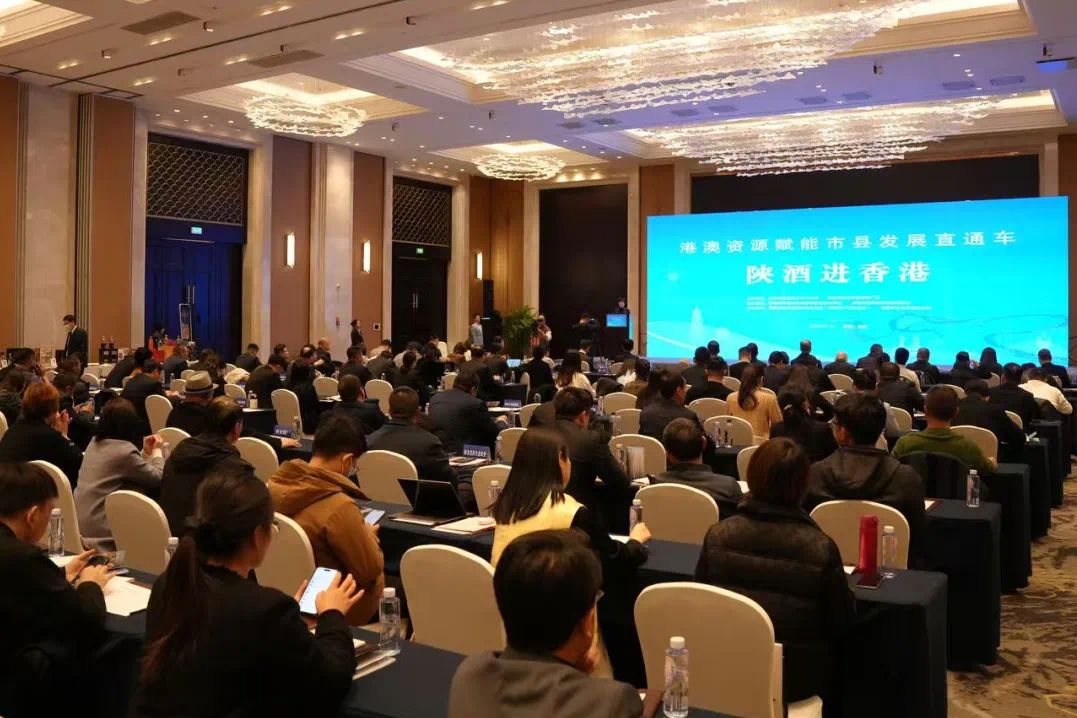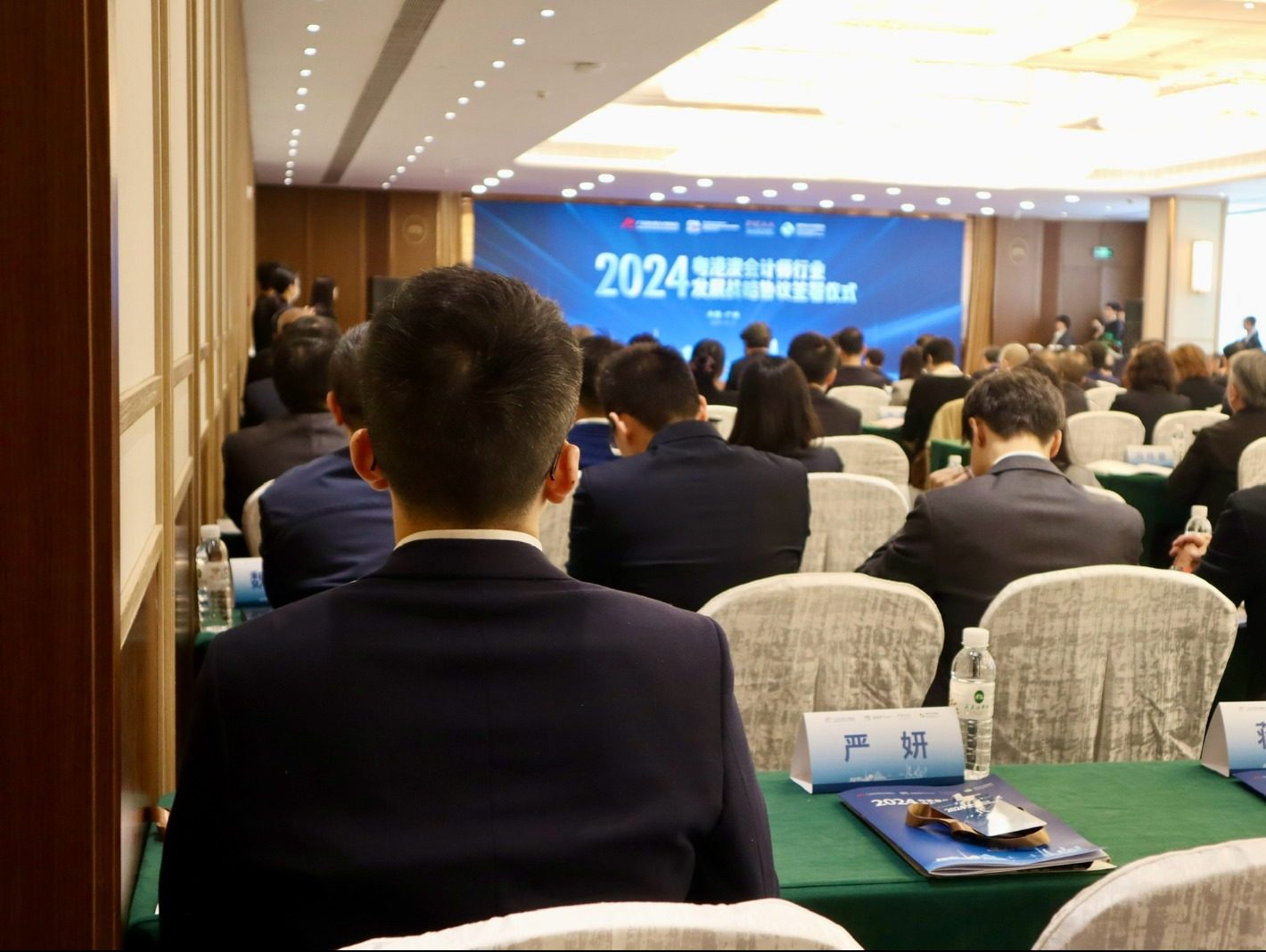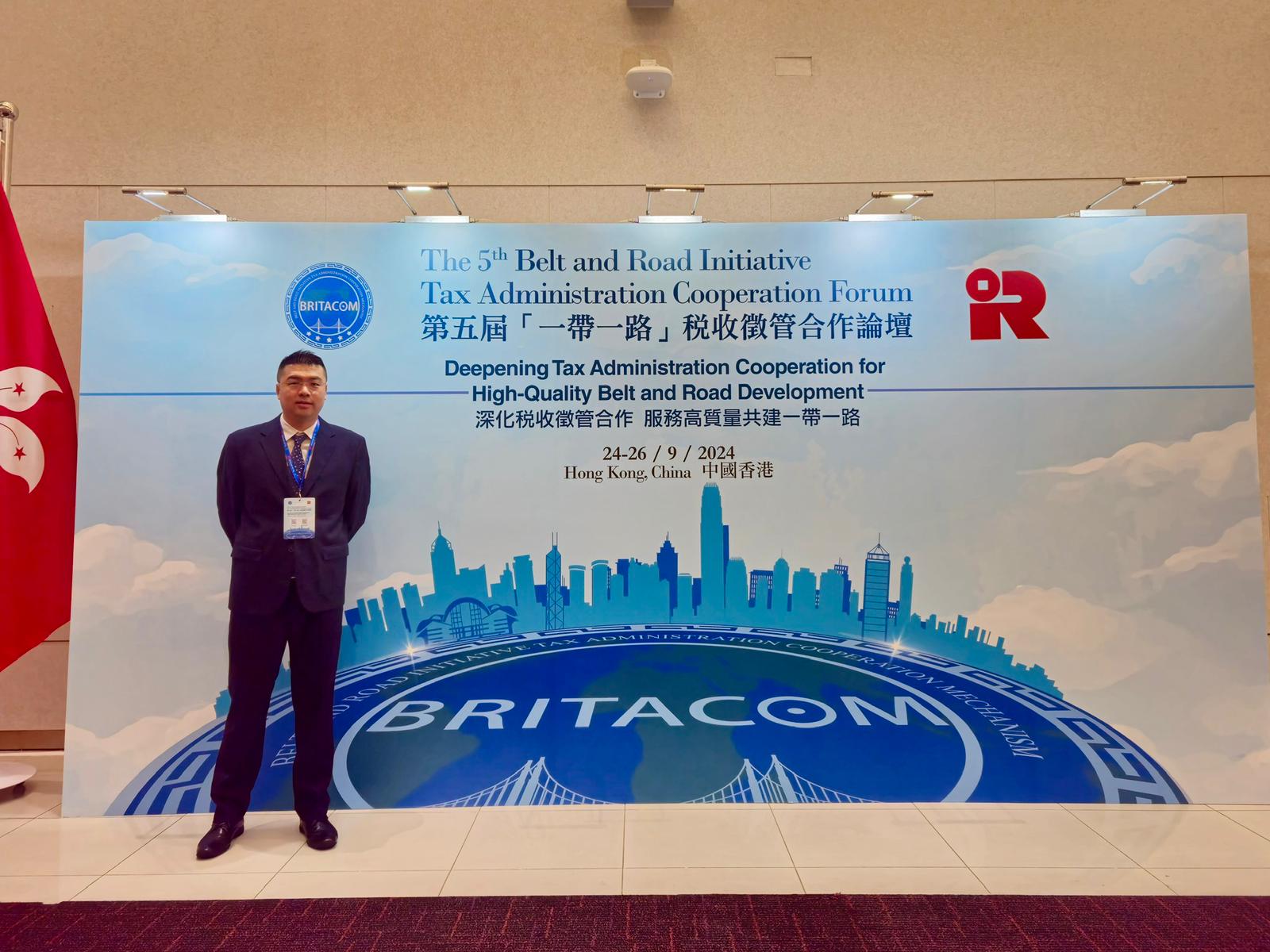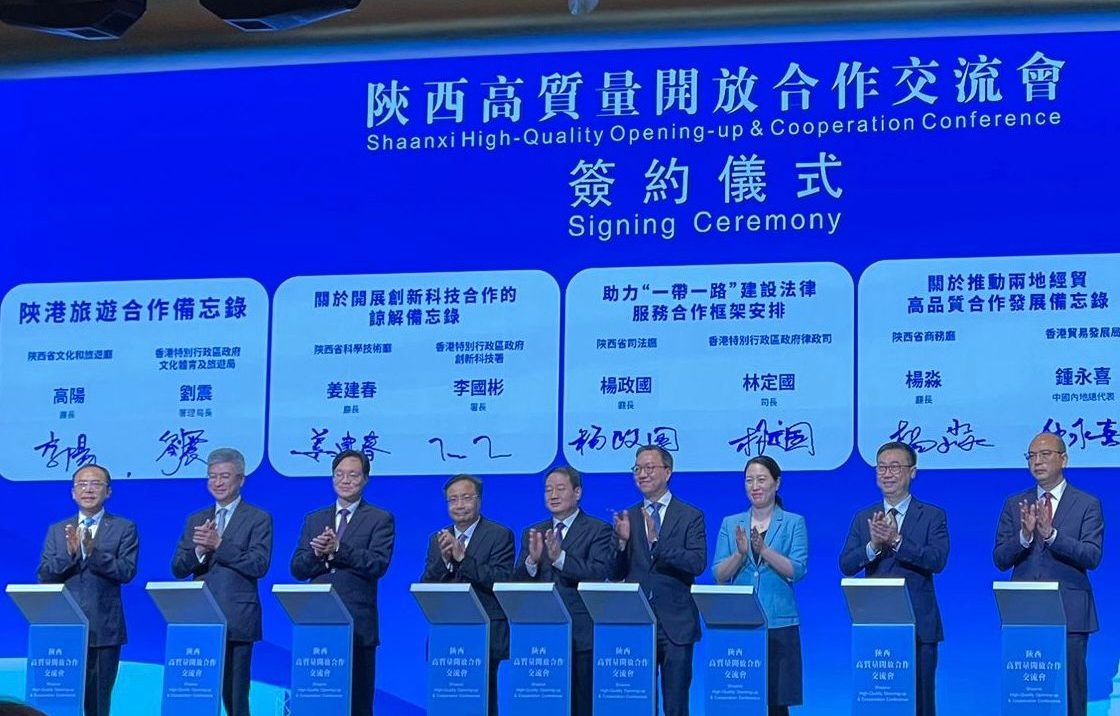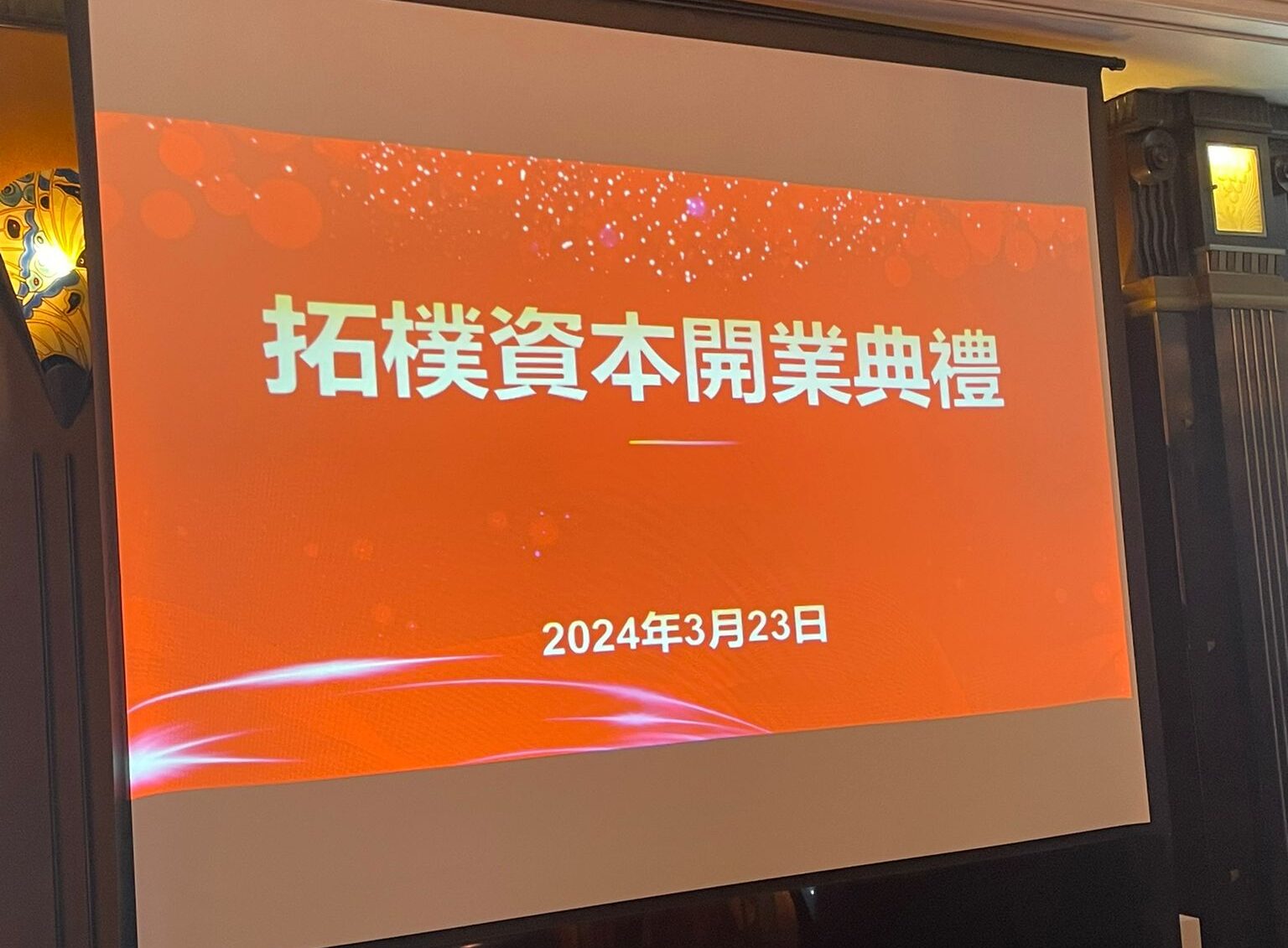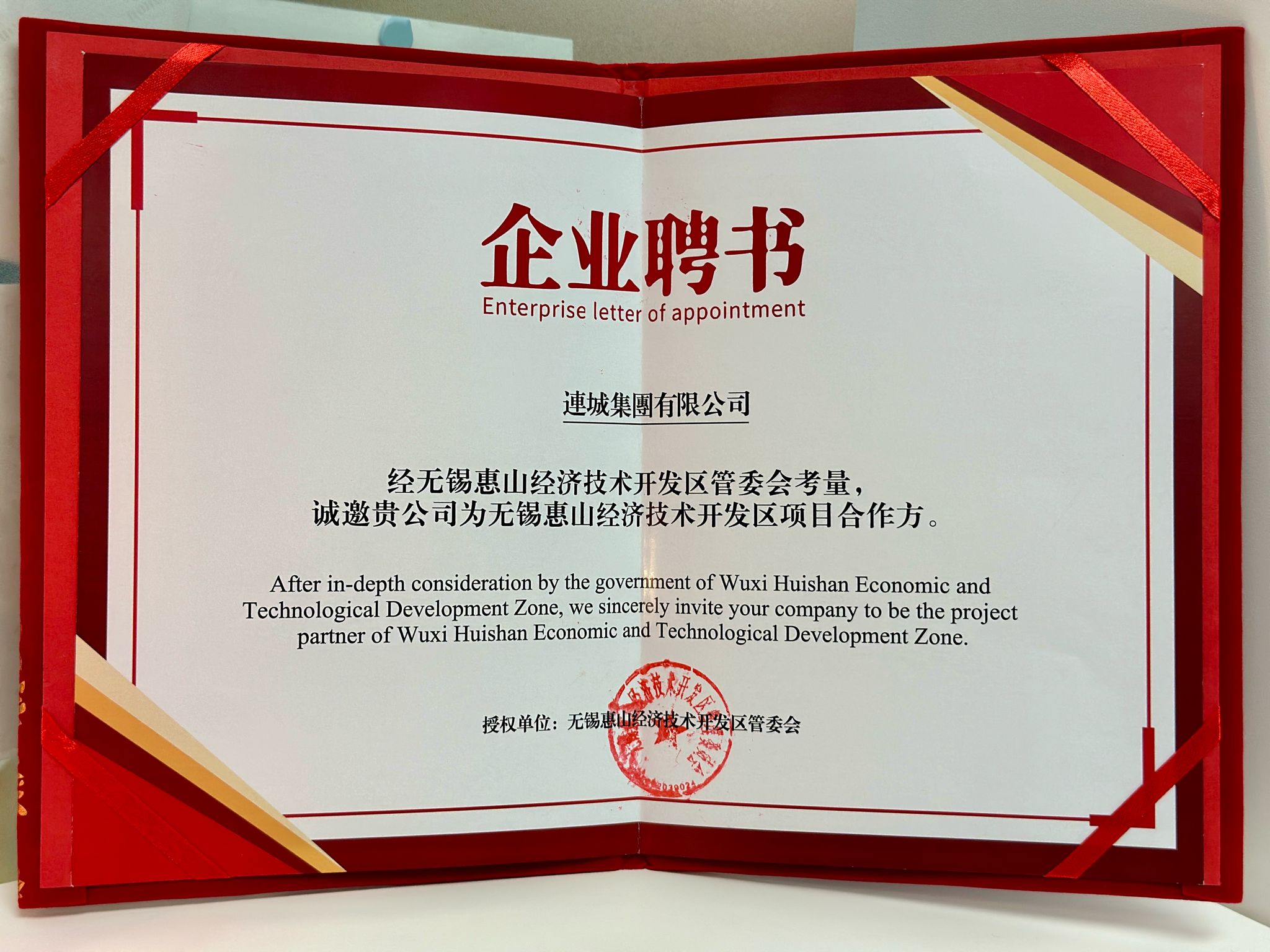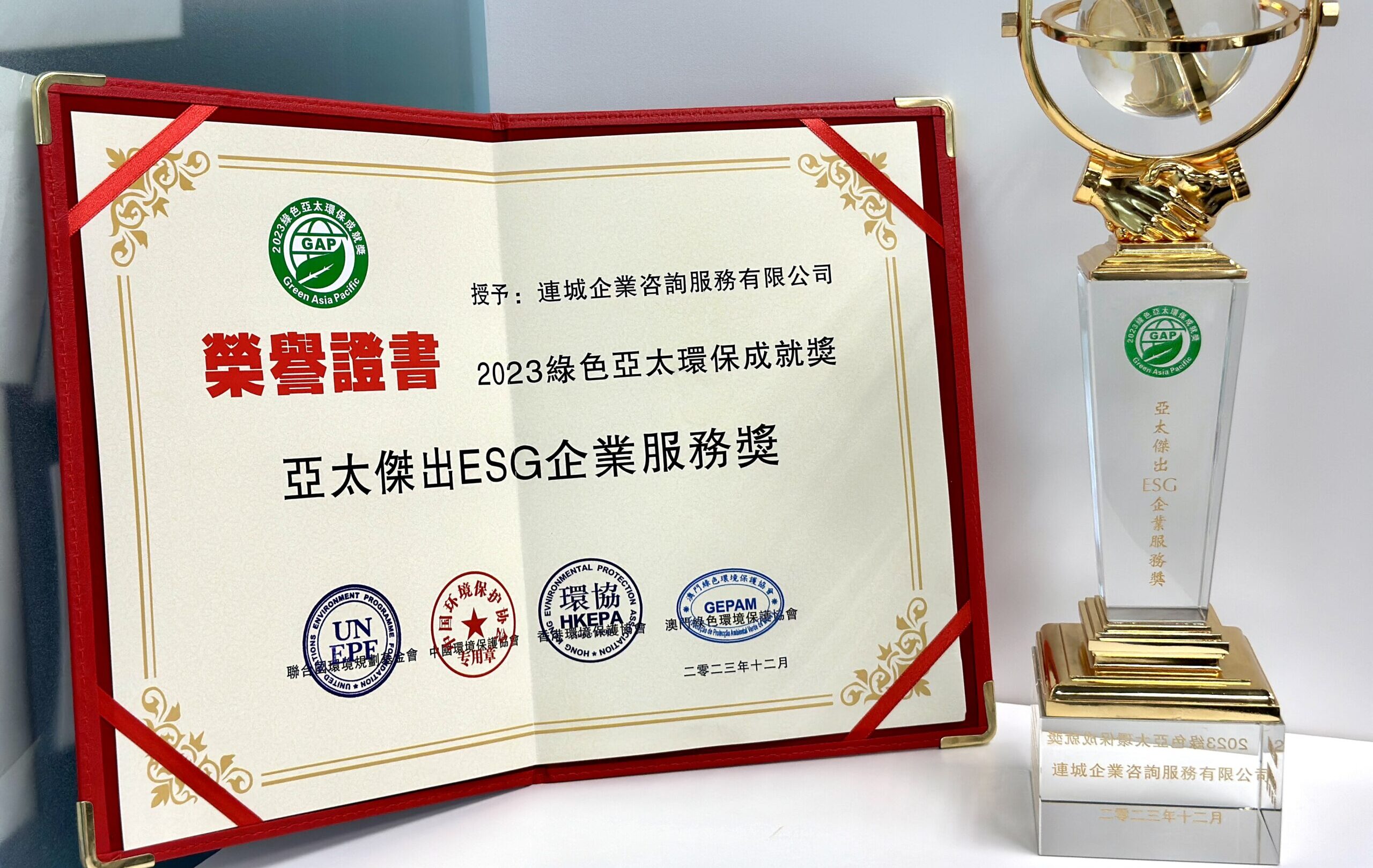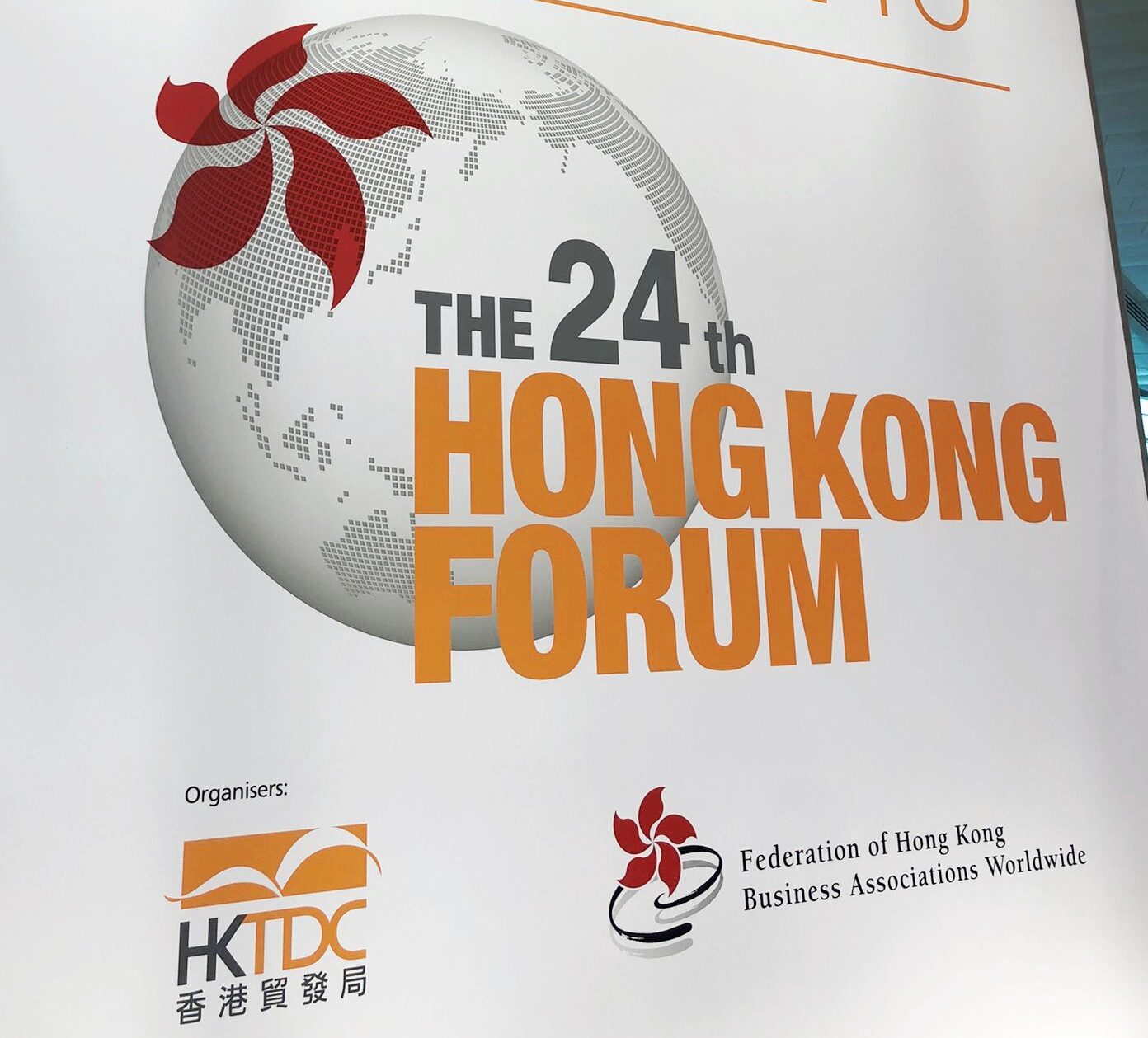
Hong Kong’s Asset Management AUM Surpasses Singapore: Net Inflows Surge 88%
Robust Fund Inflows and Diversified Allocations in Hong Kong Asset Management
Data shows that net fund inflows into SFC-authorized funds incorporated in Hong Kong surged 88% year-on-year to HKD 163 billion. The aggregate net asset value (NAV) of locally SFC-authorized funds also saw a marked increase, rising 22% to HKD 1.64 trillion. Furthermore, Hong Kong-based asset managers allocated 59% of their assets to markets outside Mainland China and Hong Kong, reflecting a sustained trend towards portfolio diversification and the industry’s flexibility and global reach in strategic asset allocation.
Singapore’s AUM Scale and Comparison with Hong Kong Asset Management Data
In Singapore, its 2024 Asset Management Survey reported total AUM of USD 4.46 trillion, including private equity and venture capital funds. It is important to note differences in statistical methodology: Hong Kong’s figures exclude investment advisory and private banking services, providing a clearer reflection of pure asset management scale.
Policy Initiatives Strengthening Hong Kong Asset Management Competitiveness
Both Hong Kong and Singapore governments are committed to fostering attractive business and regulatory environments to draw global asset managers and high-net-worth investors. In recent years, Singapore has attracted many international asset management firms by promoting the Variable Capital Company (VCC) structure, offering tax incentives for family offices, and accelerating the development of green finance. Meanwhile, the Hong Kong government has introduced a targeted policy mix, including the Limited Partnership Fund (LPF) regime, the Open-ended Fund Company (OFC) structure, the profits tax exemption scheme for qualifying funds, and a series of incentive measures to encourage the establishment of family offices. These initiatives enhance regulatory flexibility and tax efficiency, thereby boosting the city’s appeal for asset custody and fund domicile.
Mainland Integration Driving Hong Kong Asset Management Hub Role
Against the backdrop of deeper integration between Mainland China and Hong Kong, policy innovations such as the Cross-boundary Wealth Management Connect Scheme (comprising the “Northbound Connect” and “Southbound Connect”) have significantly strengthened Hong Kong’s role as a hub for capital flows and asset allocation in the Greater Bay Area, offering an efficient and compliant channel for international capital to access Mainland markets. At the same time, Hong Kong’s sophisticated financial infrastructure, bilingual legal system, and free capital movement mechanism provide asset managers with a stable and predictable operating platform. The Financial Secretary of the Hong Kong SAR, Paul Chan, recently stated that Hong Kong could become the world’s largest cross-border wealth and asset management centre within two to three years, underscoring the government’s confidence in the sector’s long-term growth potential.
Strategic Outlook for Hong Kong Asset Management in Asia’s Competitive Landscape
Overall, Hong Kong and Singapore each hold distinct competitive advantages in the asset management sector. While the two markets differ in policy approach, both aim to attract asset management business and enhance their status as global capital allocation hubs. As the geopolitical and economic environment continues to evolve, firms seeking to restructure assets or expand fund operations in Asia should closely monitor policy developments and regulatory trends in both jurisdictions to formulate forward-looking wealth management strategies.






























